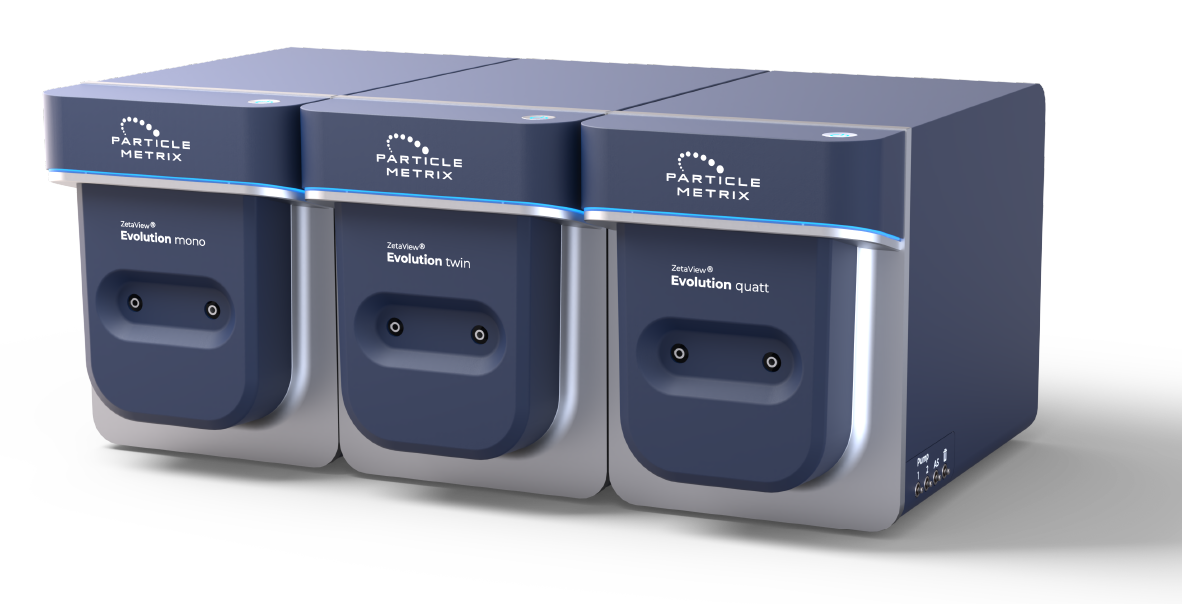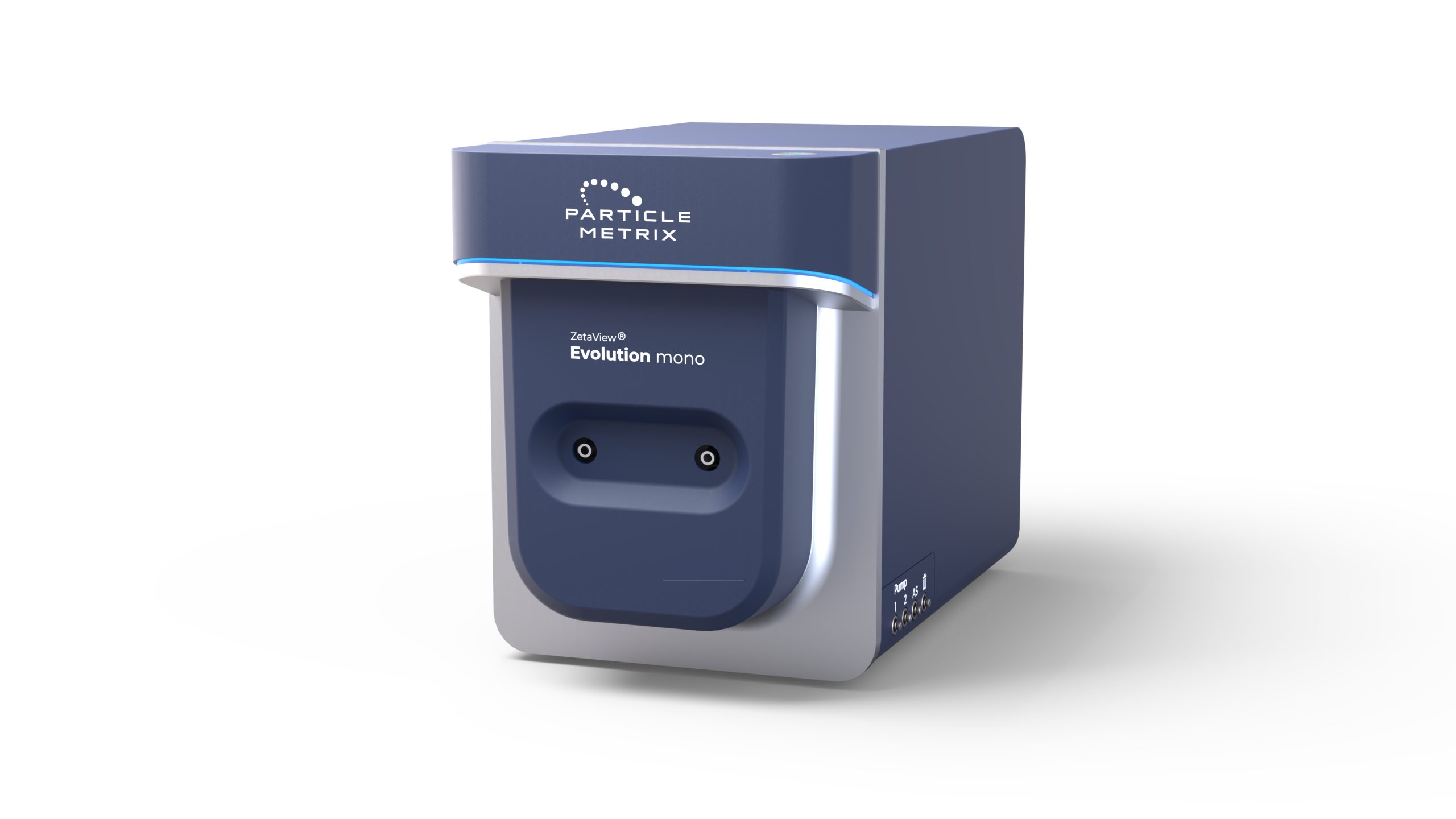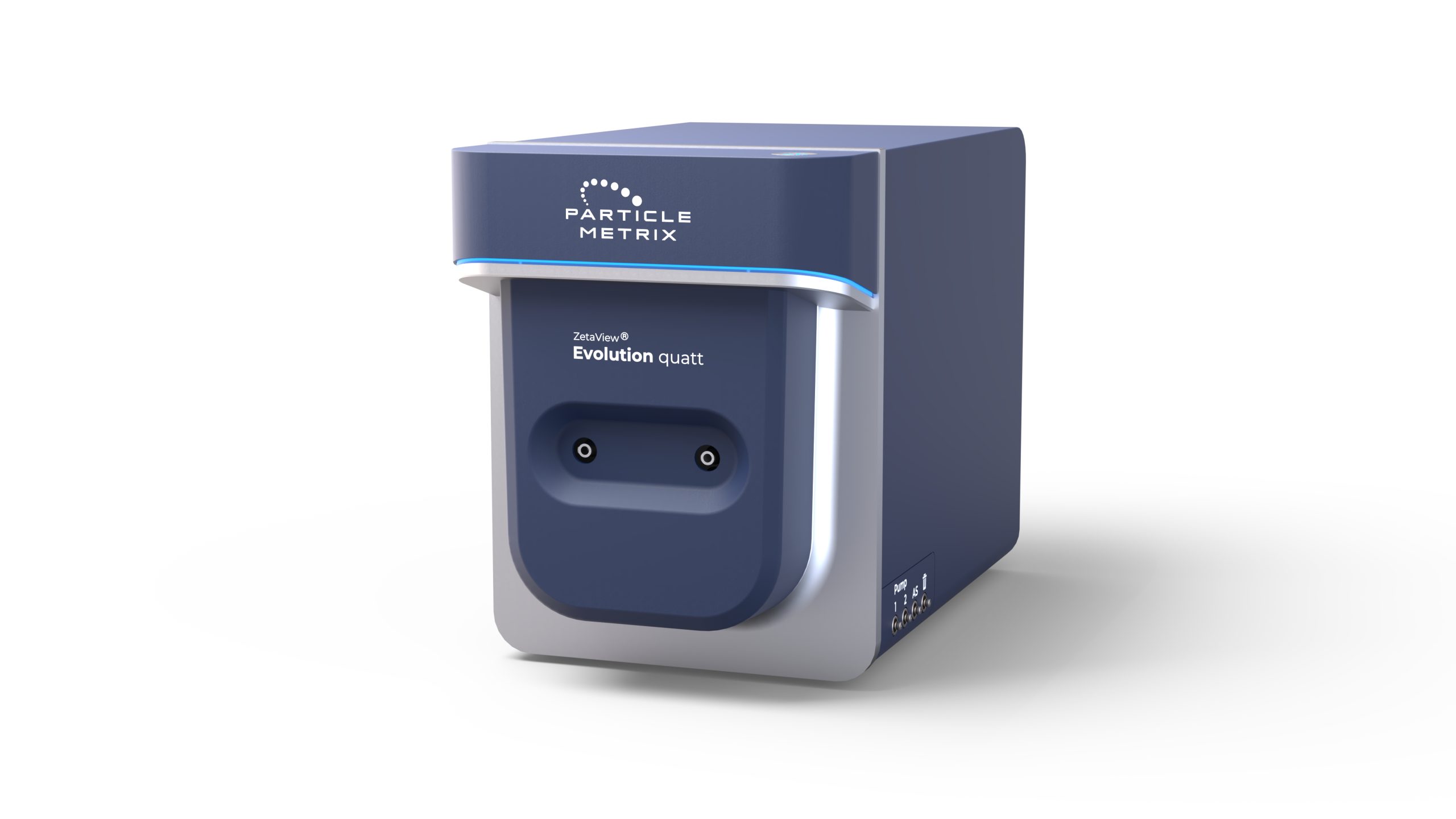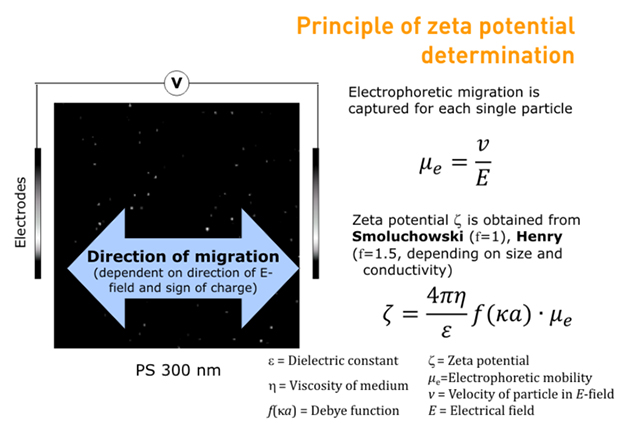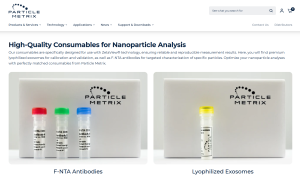Description
ZetaView® Evolution: Redefining Nanoparticle Characterisation
Experience the next generation of nanoparticle analysis with the ZetaView® Evolution Nanoparticle Tracking Analyser, engineered to deliver unmatched precision and performance. With calibration-free size and concentration measurements, advanced Concentration Scanning Technology, and direct Zeta Potential analysis, ZetaView® Evolution sets a new benchmark in nanoparticle research. Its powerful fluorescence capabilities include up to 11 highly sensitive channels and four excitation lasers, enabling comprehensive multiparameter analysis across a wide range of applications.
Nanoparticle Tracking Analysis with the ZetaView® 
Nanoparticle Tracking Analysis (NTA) is a powerful technique for characterising nanoparticles suspended in liquid. It works by combining laser light scattering with video microscopy to visualise and track the Brownian motion of individual particles in real time.
By analysing how these particles move, NTA accurately determines their size (hydrodynamic diameter) and concentration using the Stokes-Einstein equation. This method provides detailed insights into particle behaviour at the nanoscale — ideal for research in fields like biomedicine, materials science, and nanotechnology.
Next-Generation Concentration Scanning Technology
Our innovative Concentration Scanning Technology transforms how nanoparticle concentrations are measured. By scanning the entire measurement volume, this advanced system ensures that all particles are captured, delivering unmatched accuracy and consistency.
With this breakthrough technology, you benefit from:
- Calibration-free measurements for simplified workflows
- Direct comparability across different sample types
- Seamless correlation between fluorescence and scatter data
- High precision and reproducibility across a wide concentration range: 10⁵ – 10⁹ particles/mL.
Whether you are working with complex biological samples or synthetic nanoparticles, ZetaView® Evolution ensures reliable, high-quality results every time.
Zeta Potential is a key indicator of the electrical charge at the boundary layer (slipping plane) of a particle suspended in fluid. It reflects the degree of electrostatic repulsion or attraction between particles — a critical factor in predicting the stability of colloidal dispersions.
A high absolute Zeta Potential (positive or negative) suggests strong repulsive forces, helping to prevent particles from clumping together. This makes it an essential parameter in applications ranging from pharmaceuticals to nanomaterials.
With the ZetaView® Evolution, Zeta Potential is measured directly within a durable quartz glass cell, eliminating the need for disposable components and ensuring consistent, high-precision results.
Fluorescence NTA (F-NTA): Reveal Hidden Subpopulations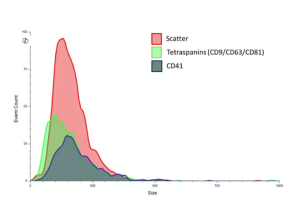
Unlock deeper insights into your samples with Fluorescence Nanoparticle Tracking Analysis (F-NTA). This advanced mode enables the detection of up to 11 distinct subpopulations, offering high specificity by filtering out background noise from impurities like salt crystals or protein aggregates.
The ZetaView® Evolution is built for high-sensitivity fluorescence analysis, featuring:
- Up to 4 excitation lasers: 405 nm, 488 nm, 520 nm, and 640/660 nm
- Up to 11 fluorescence channels with customizable filters
- Exceptional sensitivity: Detect fewer than 20 AF488 molecules (less than 10 binding sites)
Whether you’re analysing extracellular vesicles, viruses, or labelled nanoparticles, F-NTA with ZetaView® Evolution delivers precise, reliable results – even in complex biological samples.
Multi-Fluorescence Nanoparticle Tracking Analysers
The system is offered in three configurations: single laser (MONO), dual laser (TWIN), and four laser (QUATT), providing flexibility with up to four excitation wavelengths for fluorescence labelling. To support multiplexed analysis, a 12-position filter wheel is incorporated, to allow up to 11 customisable filter positions for different fluorophores, while reserving one dedicated empty position for traditional scatter-based nanoparticle tracking analysis (NTA). This setup enables users to identify and track multiple sub-populations within the same sample.
The MONO system is designed with futureproofing in mind and can be seamlessly upgraded to TWIN or QUATT configurations, enabling fluorescence colocalization as experimental demands evolve.
Interested in the Zetaview®? Request a quote or call us on +44(0)1954 232 776 to discuss your requirements.


